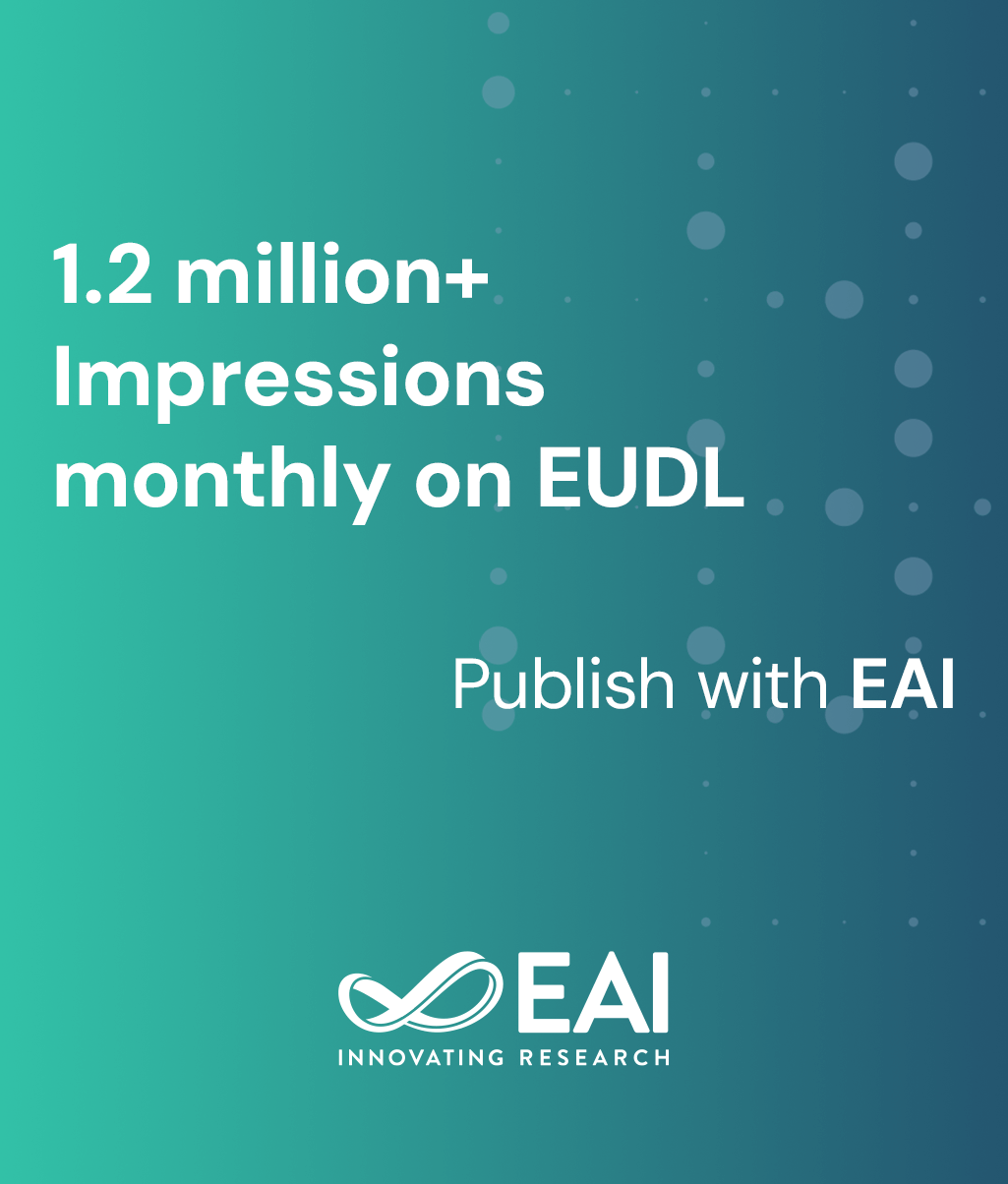
Editorial
Exploring the Landscape of Multicriteria Decision Making in Software Project Management: Trends, Challenges, and Future Directions
@ARTICLE{10.4108/eetsis.6061, author={Mitra Madanchian and Hamed Taherdoost}, title={Exploring the Landscape of Multicriteria Decision Making in Software Project Management: Trends, Challenges, and Future Directions}, journal={EAI Endorsed Transactions on Scalable Information Systems}, volume={12}, number={1}, publisher={EAI}, journal_a={SIS}, year={2025}, month={4}, keywords={Multicriteria Decision Making, MCDM, Software Project Management, Implementation Challenges}, doi={10.4108/eetsis.6061} }- Mitra Madanchian
Hamed Taherdoost
Year: 2025
Exploring the Landscape of Multicriteria Decision Making in Software Project Management: Trends, Challenges, and Future Directions
SIS
EAI
DOI: 10.4108/eetsis.6061
Abstract
INTRODUCTION: This critical review investigates the utilization trends of Multicriteria Decision Making (MCDM) in software project management, emphasizing its applications, implementation challenges, and emerging trends. OBJECTIVES: The study explores recent literature published between 2019 and 2024, utilizing a systematic methodology to analyze the effectiveness and limitations of MCDM techniques in software project planning, selection, and execution. METHODS: A Boolean search strategy on Scopus was employed to identify relevant literature. The systematic methodology involved analyzing the identified literature to discern patterns, gaps, and recommendations for integrating MCDM methodologies within software engineering projects. RESULTS: The review identifies key patterns, challenges, and emerging trends in adopting MCDM techniques in software project management, providing insights and recommendations for future research and practice. CONCLUSION: This critical review offers valuable insights into the landscape of MCDM utilization in software project management, highlighting areas for improvement and future exploration.
Copyright © 2024 M. Madanchian et al., licensed to EAI. This is an open-access article distributed under the terms of the CC BY-NCSA 4.0, which permits copying, redistributing, remixing, transformation, and building upon the material in any medium so long as the original work is properly cited.


